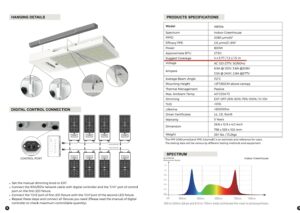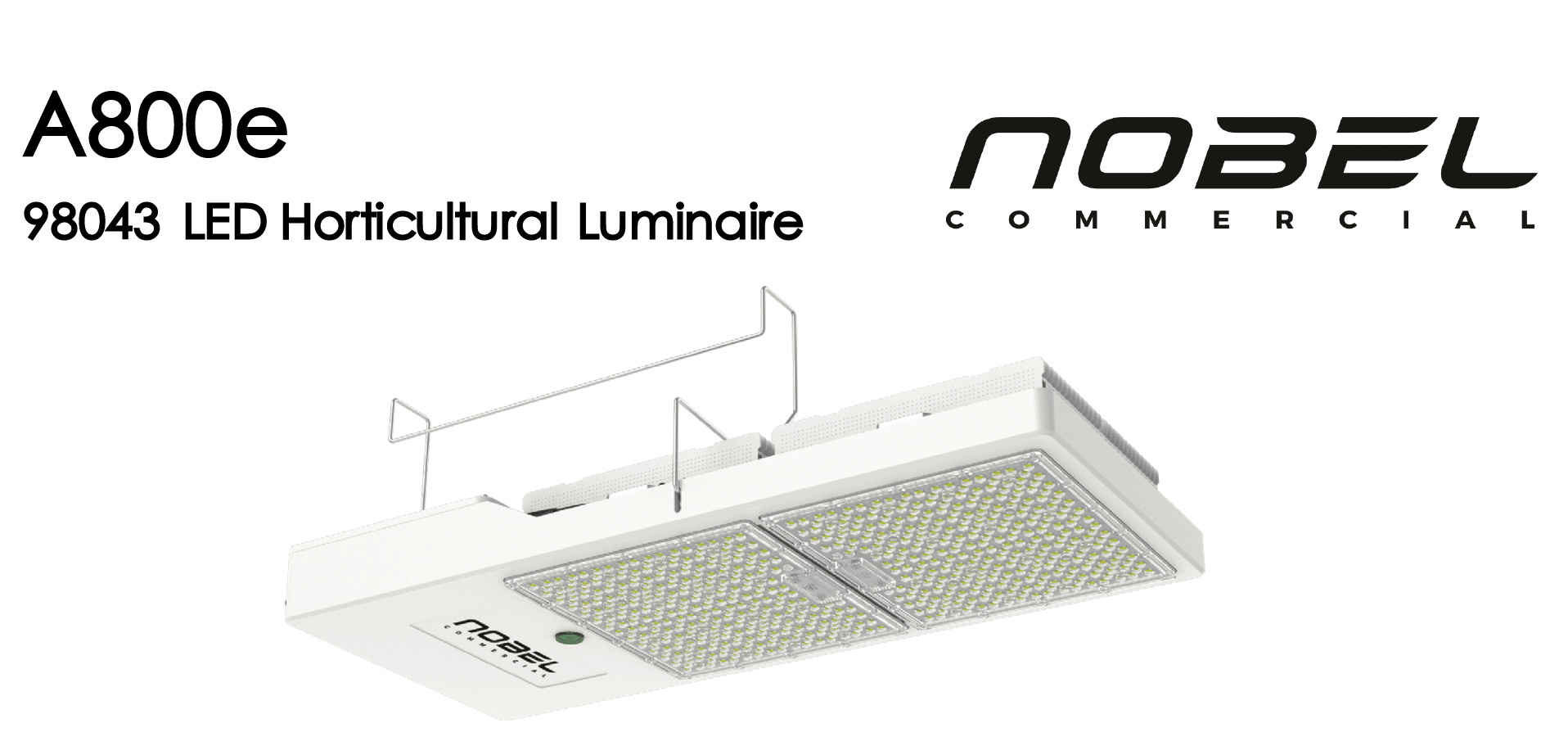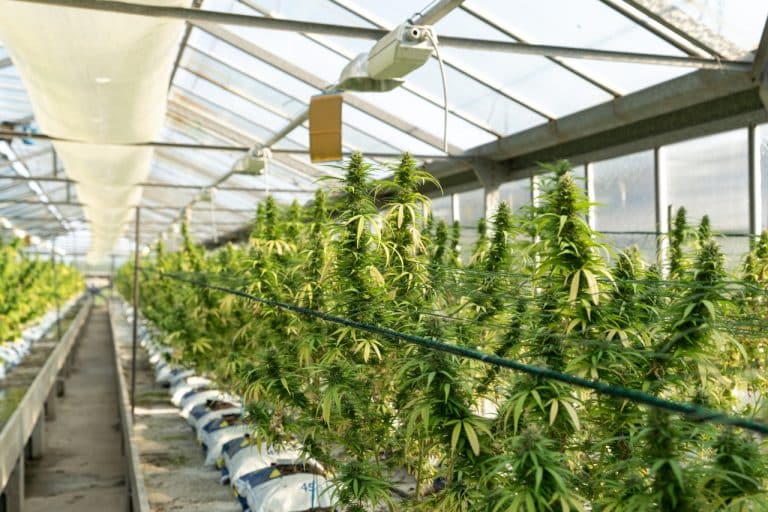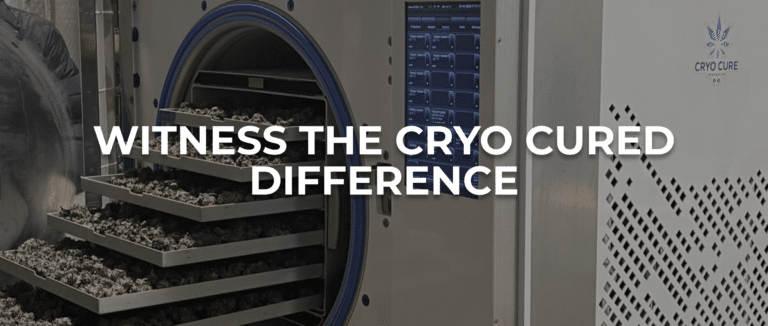Indoor cultivation has revolutionized the way we grow plants, offering increased control over environmental factors and enabling year-round production. Among the various technologies used for indoor gardening, LED lights have emerged as the preferred choice for horticultural lighting. In this article, we will explore the numerous benefits of growing with LED lights and focus on the Nobel A800E LED grow light, a top-tier product from NOVEL COMMERCIAL specifically designed for large-scale indoor cultivation and greenhouse operations.
Growing with LED lights is the obvious choice for serious growers over traditional high-pressure sodium (HPS) lighting for several compelling reasons. Firstly, LED lights are significantly more energy-efficient, consuming up to 50% less electricity compared to HPS lights while delivering equivalent or better light output. This translates into substantial cost savings in energy bills for commercial operations, allowing growers to allocate their resources more efficiently.
Secondly, LED lights offer precise control over the light spectrum, enabling growers to optimize their lighting setup for each stage of plant growth. In contrast, HPS lights emit a broad spectrum of light with a significant proportion wasted as heat, making it challenging to tailor the lighting to specific plant requirements. LED lights can provide the necessary wavelengths for photosynthesis, such as red and blue light, while minimizing energy waste in the form of heat.
Moreover, LED lights have a longer lifespan compared to HPS lights, reducing the frequency of bulb replacements and the associated maintenance costs. HPS bulbs typically need to be replaced every 10,000 hours, while LED lights can last over 50,000 hours, resulting in fewer interruptions to the cultivation process and lower replacement expenses.
Another significant advantage of LED lights is their reduced heat generation. HPS lights emit a substantial amount of heat, necessitating additional cooling systems to maintain suitable growing temperatures. This not only adds complexity and cost to the cultivation setup but also increases the risk of heat stress on plants. LED lights generate much less heat, allowing growers to maintain optimal temperatures more efficiently and creating a more comfortable environment for plant growth.
LED lights are more environmentally friendly compared to HPS lights. HPS bulbs contain mercury, a hazardous substance that poses a risk to human health and the environment if not handled and disposed of properly. LED lights, on the other hand, do not contain mercury or other harmful materials, making them safer to use and easier to dispose of at the end of their lifespan. Additionally, LED lights’ energy efficiency contributes to lower carbon emissions, aligning with the growing emphasis on sustainable cultivation practices.
- Enhanced Energy Efficiency
One of the most significant advantages of LED lights is their exceptional energy efficiency. The Nobel A800E LED grow light boasts an impressive efficacy of 2.60 μmol/J, indicating that it can convert a high proportion of electrical energy into usable light for plants. Compared to traditional lighting technologies such as high-pressure sodium (HPS) or metal halide (MH) lamps, LED lights consume significantly less electricity while delivering equivalent or even superior light output.
2. Optimized Light Spectrum
LED lights offer precise control over the light spectrum emitted, allowing growers to tailor the lighting conditions to meet the specific needs of plants at different growth stages. The Nobel A800E provides a balanced spectrum that encompasses the crucial wavelengths required for photosynthesis, including blue, red, and far-red light. By fine-tuning the light spectrum, growers can promote vegetative growth, flowering, and fruiting, resulting in healthier and more abundant yields.
3. Improved Plant Growth and Yield
The powerful output of the Nobel A800E LED grow light, with a Photosynthetic Photon Flux (PPF) of 2080 μmol/s, ensures that plants receive an ample amount of light for optimal growth. This horticultural lighting solution provides uniform light distribution, penetrating deep into the plant canopy, which helps to avoid shading and ensures consistent growth throughout the crop. With its high light intensity and efficiency, the A800E promotes vigorous plant development, faster growth rates, and increased crop yields.
4. Reduced Heat Generation
Traditional lighting systems such as HPS or MH lamps emit a significant amount of heat, requiring additional cooling systems to maintain suitable growing temperatures. In contrast, the Nobel A800E LED grow light incorporates passive thermal management, minimizing heat output and reducing the need for complex cooling setups. The efficient heat dissipation design ensures that the operating temperature remains within a safe range (max. 113°F/45℃), creating a favorable environment for plants and reducing the risk of heat stress.
5. Energy Savings and Cost Efficiency
LED lights not only save energy but also contribute to long-term cost savings. With an input power of 800 watts, the Nobel A800E consumes less electricity compared to traditional lighting alternatives. Moreover, its extended lifetime of over 50,000 hours (L90 rating) significantly reduces the frequency of replacement, resulting in reduced maintenance costs. Additionally, the A800E is backed by a 5-year warranty, providing growers with peace of mind and ensuring reliable performance over an extended period.

6. Environmental Considerations
LED lights are eco-friendly alternatives to traditional lighting systems. The Nobel A800E LED grow light holds certifications such as UL, CE, and RoHS, ensuring compliance with stringent safety and environmental standards. LED lights do not contain hazardous materials such as mercury, making them safer to handle and dispose of. Moreover, the reduced energy consumption of LED lights contributes to lower carbon emissions, making them a greener choice for sustainable cultivation practices.
As the horticultural industry continues to embrace advancements in indoor cultivation techniques, LED lights have become indispensable tools for successful and efficient plant growth. Growers seeking optimal growth, energy efficiency, precise light control, extended lifespan, and environmental sustainability recognize LED lights as the superior choice. The Nobel A800E LED grow light from NOVEL COMMERCIAL exemplifies the excellence of horticultural lighting technology, offering remarkable energy efficiency, optimized light spectrum, improved plant growth, and reduced heat generation. By harnessing the benefits of LED lighting, growers can enhance productivity, achieve higher yields, and contribute to a more sustainable future in agriculture.
You can read more about the A800e LED Light from Novel Commercial in here



